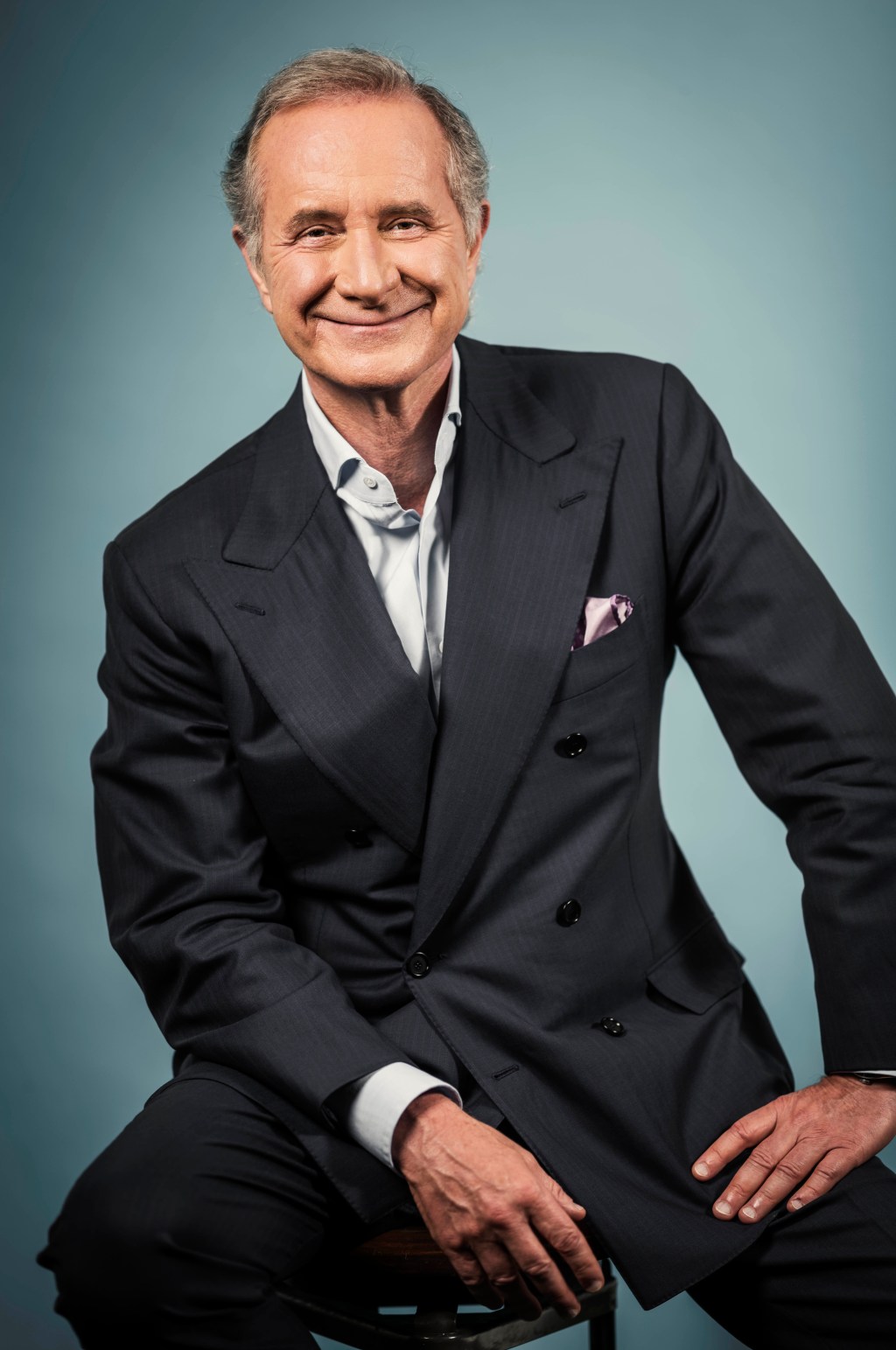Fabrizio Freda has revealed more details of his plan to revive the Estée Lauder Cos. as it continues to tread water amid struggles in Asia and at home.
Speaking at a UBS conference Thursday in New York City, the longtime chief executive officer of the beauty company, fleshed out four pillars that the company’s Profit Recovery Plan will be based on. The plan is expected to drive incremental operating profit of $1.1 billion to $1.4 billion.
The first is product mix, which involves pushing more high end products like La Mer and Tom Ford in certain markets, namely China, since this is what is performing well.
Related Articles
While many parts of the business have been struggling, Jane Hertzmark Hudis, Lauder’s executive group president who was speaking alongside Freda, said: “Luxury is growing and luxury skin care in the market is strong. La Mer grew very strong double digits in calendar year 2023.”
The second pillar is on pricing, with Freda admitting that there was too much discounting during the COVID-19 pandemic.
“We have plans to reabsorb these discounts correctly without impacting volume,” he said. “This is one pillar which is creating more value for every sale we do.”
Lauder became very promotional to clear out excess inventory in its Asia travel retail business, which was hit hard during the pandemic and failed to bounce back, with Jefferies analyst Ashley Helgans previously noting that “it’s almost conditioned the consumer in China to only buy Estée Lauder brands when they’re on promotions because they assume at some point they will be on promotion.”
The third pillar is called operational excellence, which entails maximizing the use of the companies’ factories. A new factory in Japan, which started producing skin care products this year, should improve conditions, but lead times have been up to six months, meaning that Lauder was hindered when it came to quickly adapting its stock to emerging trends.
The final pillar is leverage, with a focus on rightsizing the business, including reallocating resources into the sources of growth in the company.
During its second-quarter earnings released last month, the Estée Lauder Cos. added a restructuring element to its Profit Recovery Plan, reducing its 62,000-strong global workforce by between 3 and 5 percent as part of the plans. As of yet, it is not yet known which departments will be impacted.
On China and Asia travel retail, Freda stressed that despite all the issues the company is facing in these markets, they will always be extremely important to its strategy due to their sheer size.
Net sales decreased 14 percent year-over-year in Europe in the second quarter, which includes Asia travel retail sales. Net sales in Asia Pacific were down 7 percent.
While Freda conceded that there will not be another China in terms of growth, emerging markets he sees the most opportunity in include India, Vietnam, Mexico, Brazil and Turkey.
Starter prestige brands such as MAC tend to perform best in these markets, according to Freda. More recently, The Ordinary has had much success.
“The Ordinary is an extraordinary brand asset to better penetrate emerging markets,” he said. “Just as an example, we launched The Ordinary in India and it’s among the top brands and is doing super well in a every emerging market where the brand is launched.”
Lauder’s net sales were $4.28 billion for its second quarter ended Dec. 31, a decline of 7 percent from $4.62 billion in the prior-year period. Organic net sales fell 8 percent, reflecting the expected challenges in Asia travel retail as well as ongoing softness in overall prestige beauty in mainland China.

